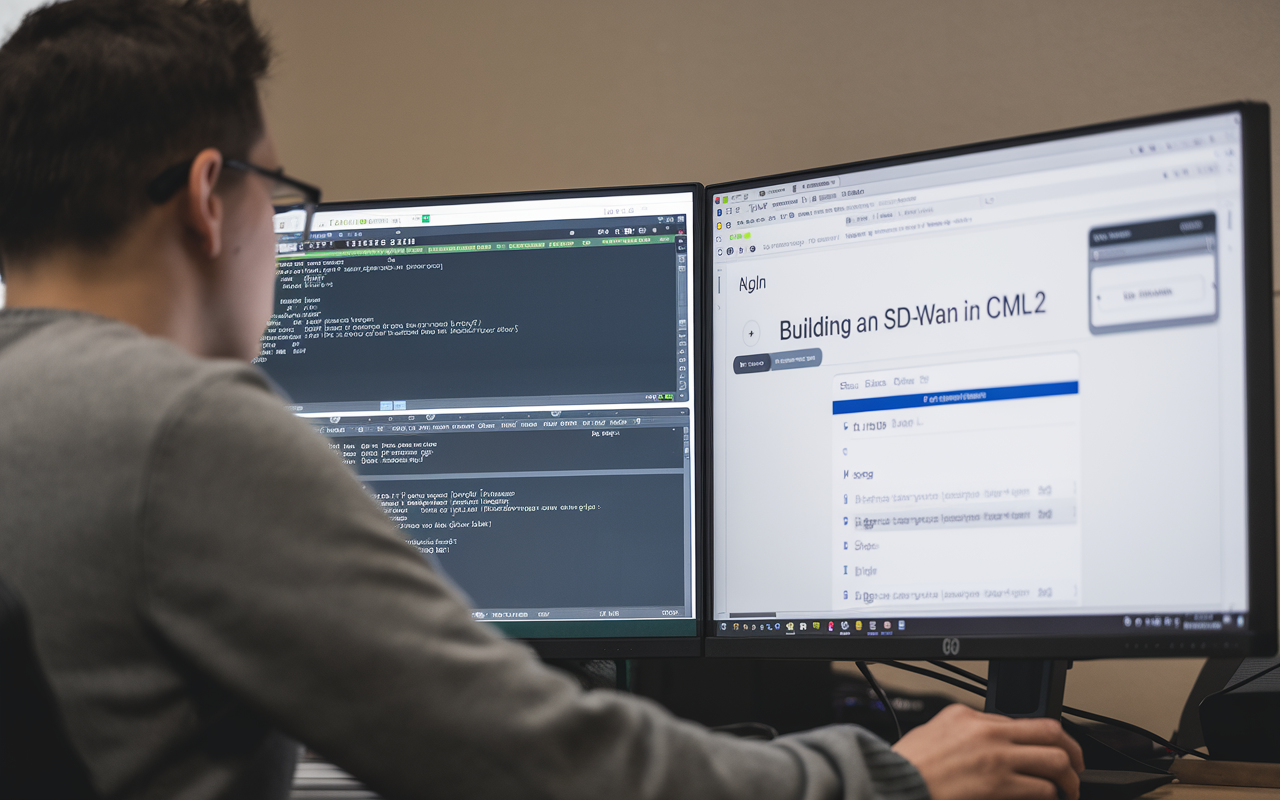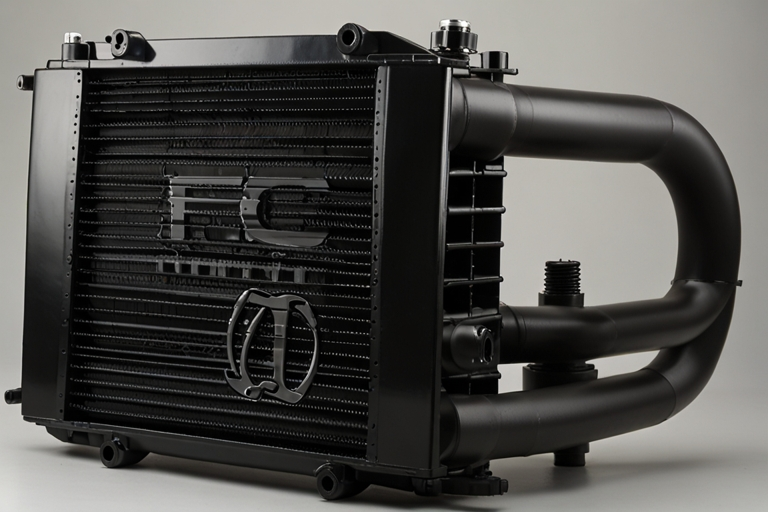
Introduction
Building an SD-WAN (Software-Defined Wide Area Network) in CML2 (Cisco Modeling Labs 2) offers businesses a flexible and efficient way to manage their network traffic. With the increasing demand for reliable connectivity and performance, learning how to build SD-WAN in CML2 is crucial. This guide will walk you through the essential steps to deploy SD-WAN effectively, ensuring that your organization can leverage the benefits of this technology.
Understanding SD-WAN
Before diving into how to build SD-WAN in CML2, it’s essential to understand what SD-WAN is. It allows enterprises to manage their wide-area networks using software instead of traditional hardware-based methods. This approach provides greater agility, scalability, and efficiency in handling network traffic. Using SD-WAN, organizations can prioritize critical applications, reduce costs, and enhance overall network performance.
Getting Started with CML2
Cisco Modeling Labs 2 (CML2) is a powerful tool for simulating network environments. To build an SD-WAN in CML2, you must first install and set up CML2 on your system. Ensure you have the resources, such as adequate CPU, memory, and storage, to run the simulation efficiently. Once installed, you can create a new project for your SD-WAN deployment.

Setting Up the Environment
After launching CML2, the next step in building an SD-WAN in CML2 is to create a topology that resembles your network structure. You can drag and drop virtual devices, such as routers and switches, into the workspace. When setting up your environment, consider the following:
- Design the Network Topology: Map out your network by placing the virtual devices where they would be in the natural environment. This will help you visualize how your SD-WAN will function.
- Define the Policies: Before deploying the SD-WAN, define the policies guiding traffic flow. This includes determining which applications require prioritization and how to handle failover scenarios.
Deploying vEdge Routers
Deploying vEdge routers is an essential step in building SD-WAN in CML2. These virtual routers forward traffic based on the policies defined in the previous step. To deploy vEdge routers:
- Add vEdge Routers: In CML2, search for the vEdge router template and add it to your topology. You can customize the number of vEdge routers based on your requirements.
- Configure the Routers: Each vEdge router must be configured with the necessary parameters, such as IP addresses and routing protocols. This configuration is crucial for ensuring the routers can communicate effectively with one another and the rest of the network.
- Establish Control Connections: Ensure that your vEdge routers can communicate with the management platform. This allows for centralized management and monitoring of the SD-WAN.
Connecting vEdge Routers
After deploying the vEdge routers, the next step in building an SD-WAN in CML2 is connecting them to your network infrastructure. This involves:
- Creating Links: Use CML2’s interface to create links between your vEdge routers and other devices in the topology. These links represent physical connections in a real-world environment.
- Testing Connectivity: Once the links are established, test the connectivity between your vEdge routers and other devices. This is critical for ensuring that data can flow smoothly across your network.
- Monitoring the Links: Implement monitoring tools to track the links’ performances. This will help identify potential issues and optimize traffic flow as needed.
Configuring Policies for Traffic Management
With your vEdge routers in place, it’s time to configure the policies that dictate how traffic is managed across the SD-WAN. This step is vital to effectively building SD-WAN in CMLy.
- Define Application Policies: Determine which applications need prioritization. For example, voice and video applications may require more bandwidth than regular web browsing.
- Set Traffic Forwarding Rules: Establish rules for how traffic is forwarded based on the defined policies. This includes determining which paths to take for different types of traffic.
- Implement Security Policies: Security is a significant concern in network management. Ensure that security policies are applied to protect sensitive data while traversing the SD-WAN.
Testing Your SD-WAN Deployment
Testing is a crucial part of building an SD-WAN in CML2. Once your SD-WAN is configured, it’s essential to validate its functionality before going live. To test your deployment:
- Simulate Network Traffic: Use traffic simulation tools to generate different types of network traffic across your SD-WAN. This will help you understand how the network performs under various conditions.
- Monitor Performance Metrics: Monitor key performance indicators such as latency, packet loss, and bandwidth usage. This information is vital for assessing the effectiveness of your SD-WAN deployment.
- Adjust Policies as Needed: Based on the test results, you may need to fine-tune your policies to optimize performance. This iterative process ensures that your policies meet your organization’s demands.
Managing and Scaling Your SD-WAN
Once your SD-WAN is operational, ongoing management is crucial for maintaining performance. Learn how to build SD-WAN in CML2 by continuously monitoring and adjusting as necessary.
- Centralized Management: Utilize centralized management tools to oversee your SD-WAN deployment. This will enable you to manage all vEdge routers from a single interface, simplifying administration.
- Scalability: As your organization grows, your SD-WAN should be able to scale with it. This may involve adding more vEdge routers or increasing bandwidth. Ensure that your infrastructure can accommodate these changes.
- Regular Updates and Maintenance: Keep your software and configurations up to date. Regular maintenance is vital for preventing potential issues and ensuring optimal performance.
Conclusion
In conclusion, learning to build SD-WAN in CML2 is invaluable for IT professionals looking to enhance their organization’s network capabilities. Following the steps outlined in this guide, including deploying vEdge routers and configuring policies, you can create a robust SD-WAN that meets your organization’s needs. As technology evolves, staying informed about best practices and advancements in SD-WAN will help you maintain a competitive edge.
Building SD-WAN in CML2 is not just about deployment; it’s about creating a flexible and efficient network that can adapt to the changing demands of modern businesses. Whether you are a beginner or an experienced network engineer, this guide provides a solid foundation for your SD-WAN journey. Embrace SD-WAN’s opportunities, and ensure your network is prepared for the future.


